What makes a good visual story? In this series, Fairpicture’s visual creators shed light on this question. Fabrice Mbonankira from Burundi starts the series, placing great emphasis on the socio-political dimension of storytelling. His blog is accompanied by an illustrative story about the daily life of Dieudonné, a resident of Bujumbura, Burundi, captured by Fabrice Mbonankira in 2019.
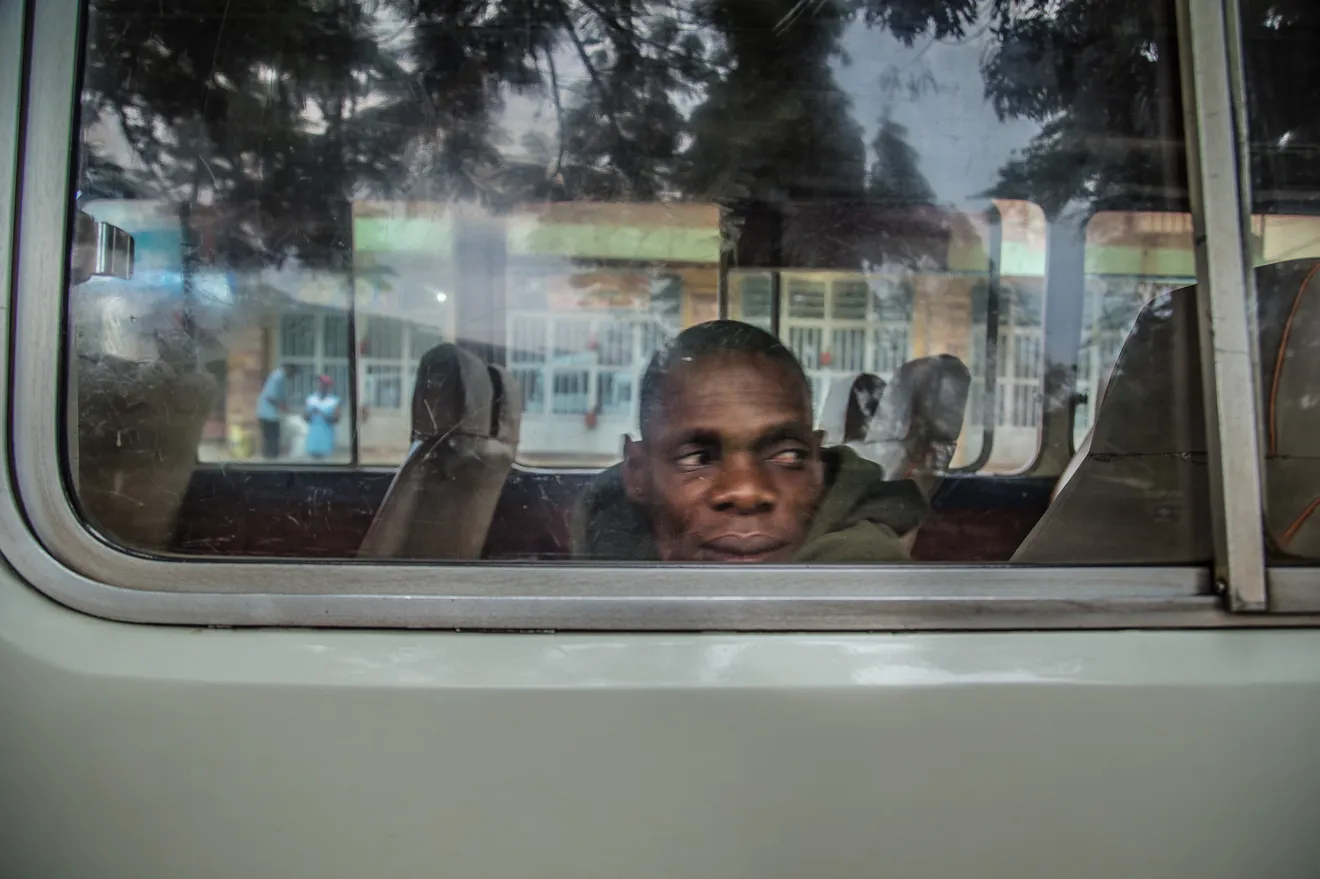
Photo: Fabrice Mbonankira, «DIO», 2019
Fabrice Mbonankira, Photographer
Visual storytelling from my point of view aims to educate the audience as well as the visual storyteller about social inequalities (the realities of marginalised communities, famines, disease, climate change issues, etc.).
Expressed positively, storytelling can be an empowering way of informing the world of difficult situations and this way encouraging people or communities to give their best for the improvement of those situations.
Therefore, the concept of visual narration is not only to trigger (photo) or record (video) but to raise awareness and contribute to solving societal problems.
A visual storyteller is a societal alert, an informant, a reporter, guarantor of collective memory, and voice of the voiceless. It comes with a heavy responsibility to raise social awareness for the resolution of problems.
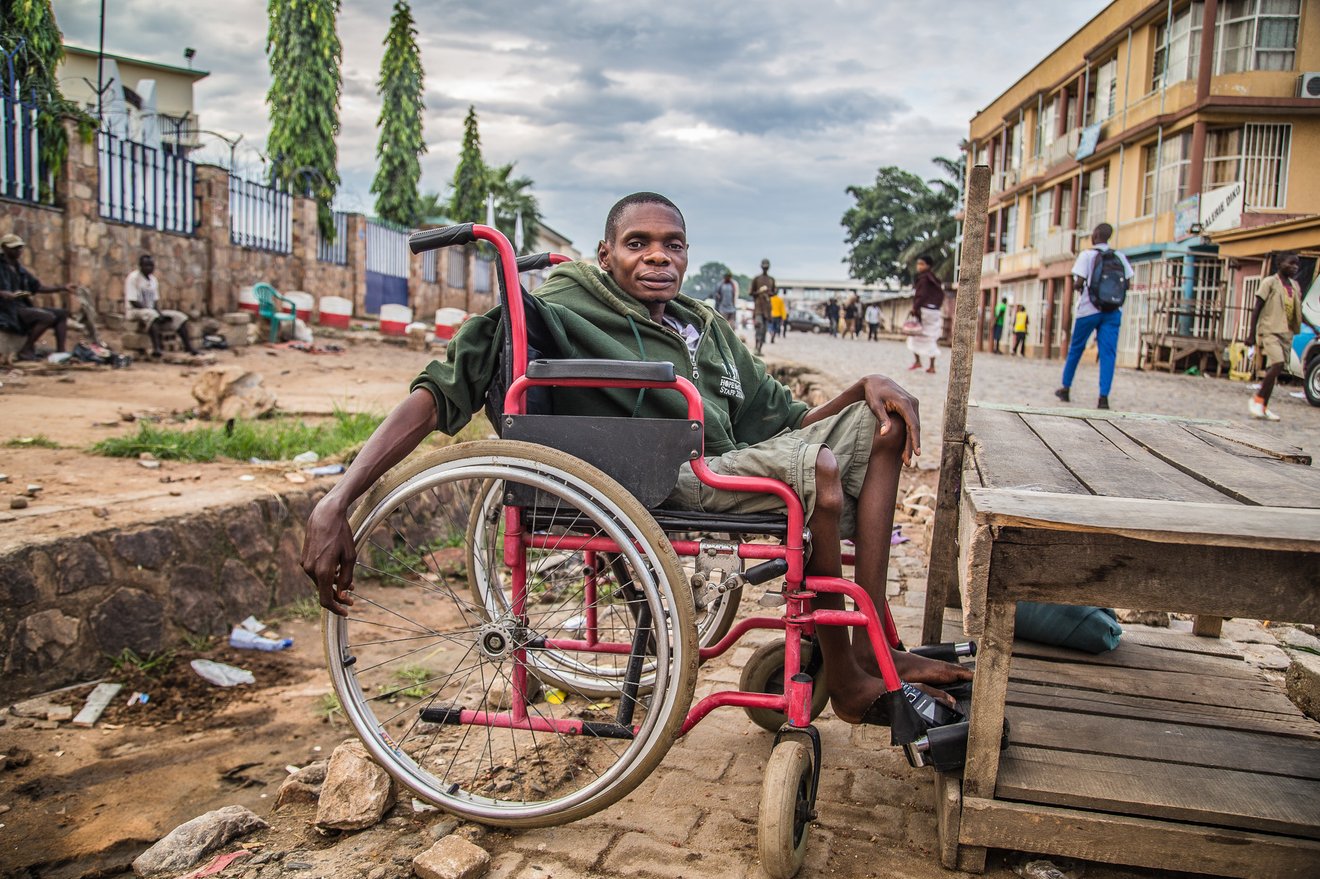
Allow me to accompany my thoughts with a concrete example of one of my works. I’m going to tell you the story of Dieudonné, a 36-year-old man living in Bujumbara, Burundi. He’s been married since 2004 and is the father of four children. The majority of the work has been spent communicating in order to gain Dieudonnés confidence to open his heart and the door of his family home to me. To get there it took me over four intense days of conversations, explanations of the intentions of the project and its aim. What was needed was to create real familiarity between me and Dio until a friendship was born that continues until today.
Photo: Fabrice Mbonankira, «DIO», 2019

The story begins with Dio leaving his home early in the morning to reach the city center where he does his business. It continues showing him in full activity, exchanging with clients and friends (middle of the story) and ends with his return home to his family (end of the story). Dieudonné, called „Dio“ by his intimate friends of whom I’ve also been a member of for three years now, has been disabled since 2000. A lung infection led to paralysed legs, and a swollen chest.
Photo: Fabrice Mbonankira, «DIO», 2019
Fabrice Mbonankira, Photographer
The actual image capture only took two days. I think it’s important to bear in mind the relation between preparation and execution when thinking about storytelling. Building up trust and relationship matters a lot, and this takes time. Think about it; how long would it take you to trust someone enough to share your life story with them?
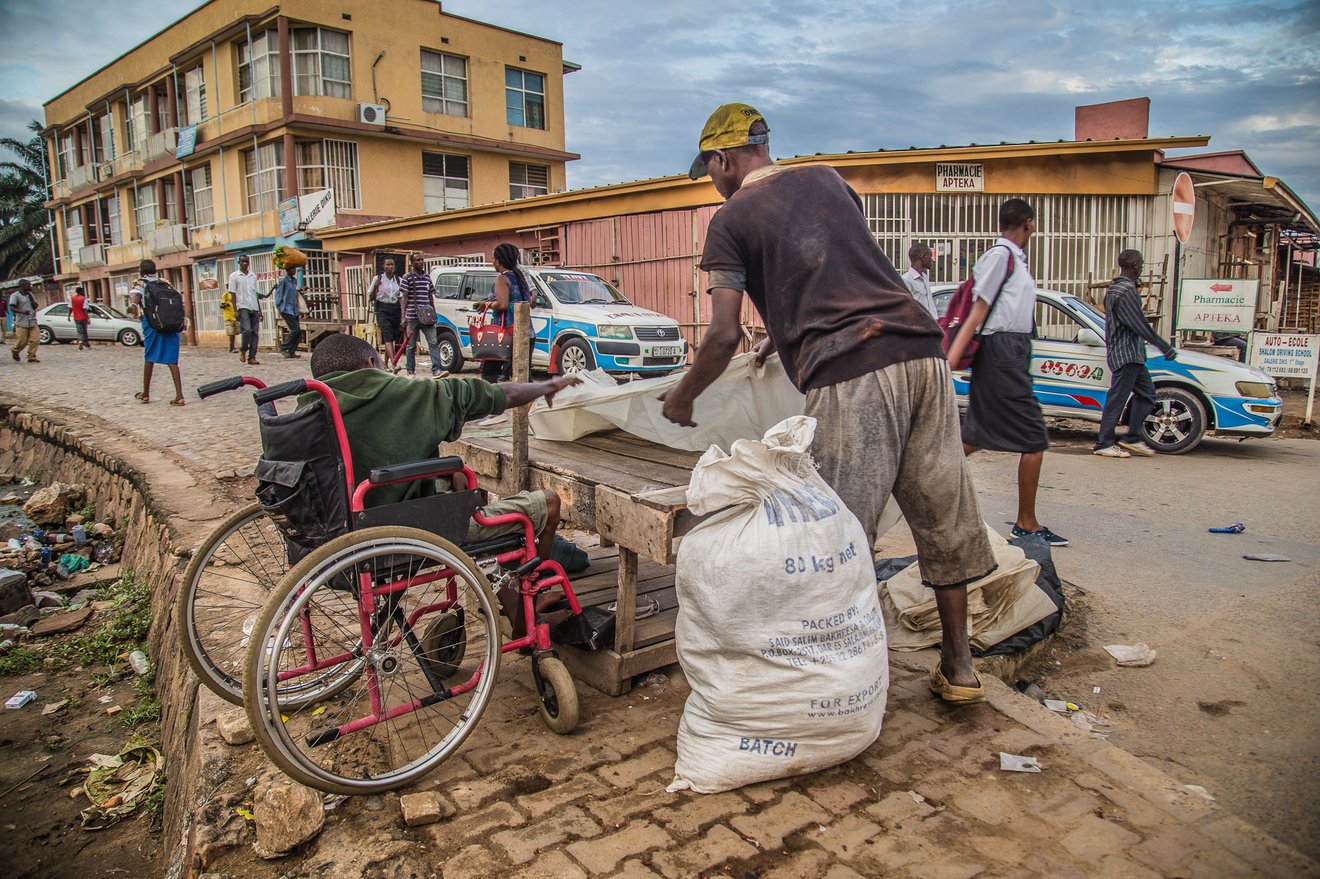
He trades in downtown Bujumbura, where he has a stand with food and other products. Thanks to this business, Dio manages to support his family on his own since his wife is unemployed. He lives in a working-class neighbourhood on the outskirts of the city, where he rents a 3-room house for himself and his family.
Photo: Fabrice Mbonankira, «DIO», 2019
These achievements were made possible thanks to a growing network of amazing photographers and video journalists. Currently our network of active creators counts 115 local visual storytellers from 61 countries who identify with the Fairpicture mission of creating authentic visual content from their own communities.
As for the technical aspects of the production of a story, I proceed in a very simple way. I take portraits, wide shots, details of people or places linked to the narration. Most importantly, I always try to capture emotions – because emotions speak more than words. They can support the communication of a certain message.
However, storytelling goes way beyond the shooting technique that we have learned over the years and that formally makes us visual creators. My personal narrative approach is rather centered on my subject (human or nature) before thinking about the visual techniques that I will use.
In fact, I take most of my time communicating and observing in order to synchronise with my subject and create a friendship between the two of us.
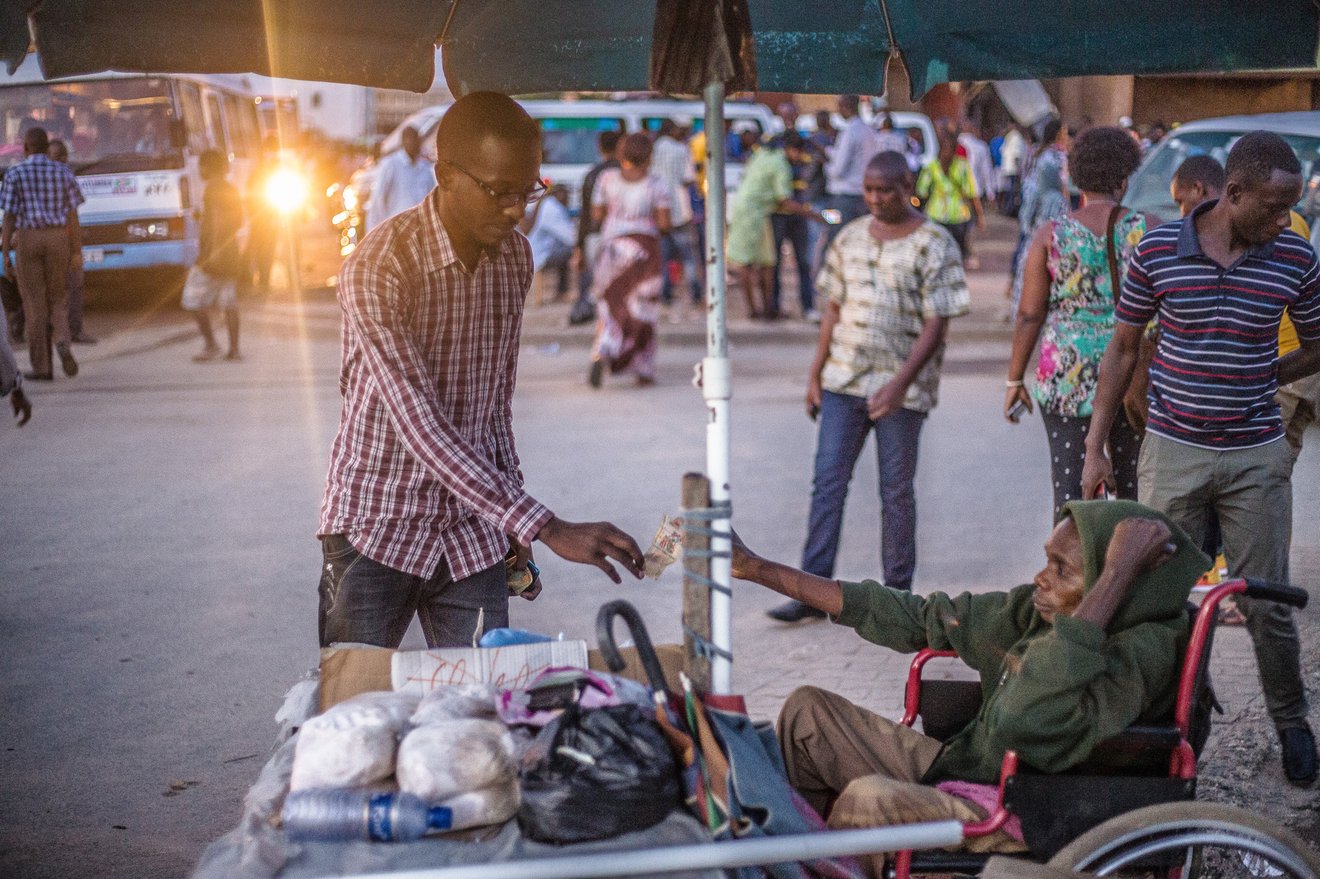
Photo: Fabrice Mbonankira, «DIO», 2019
However, storytelling goes way beyond the shooting technique that we have learned over the years and that formally makes us visual creators. My personal narrative approach is rather centered on my subject (human or nature) before thinking about the visual techniques that I will use.
In fact, I take most of my time communicating and observing in order to synchronise with my subject and create a friendship between the two of us. I do this to put myself in my subject’s position, to understand their situation and their state of mind as well as I can.
This kind of empathy – imagining yourself in the situation of the other person – is very important when it comes to telling their story in an original way.
The approach to people and their environment can either be practiced in everyday life and in exchange or in the theoretical examination of culture, in reading and writing.
Fabrice Mbonankira, Photographer
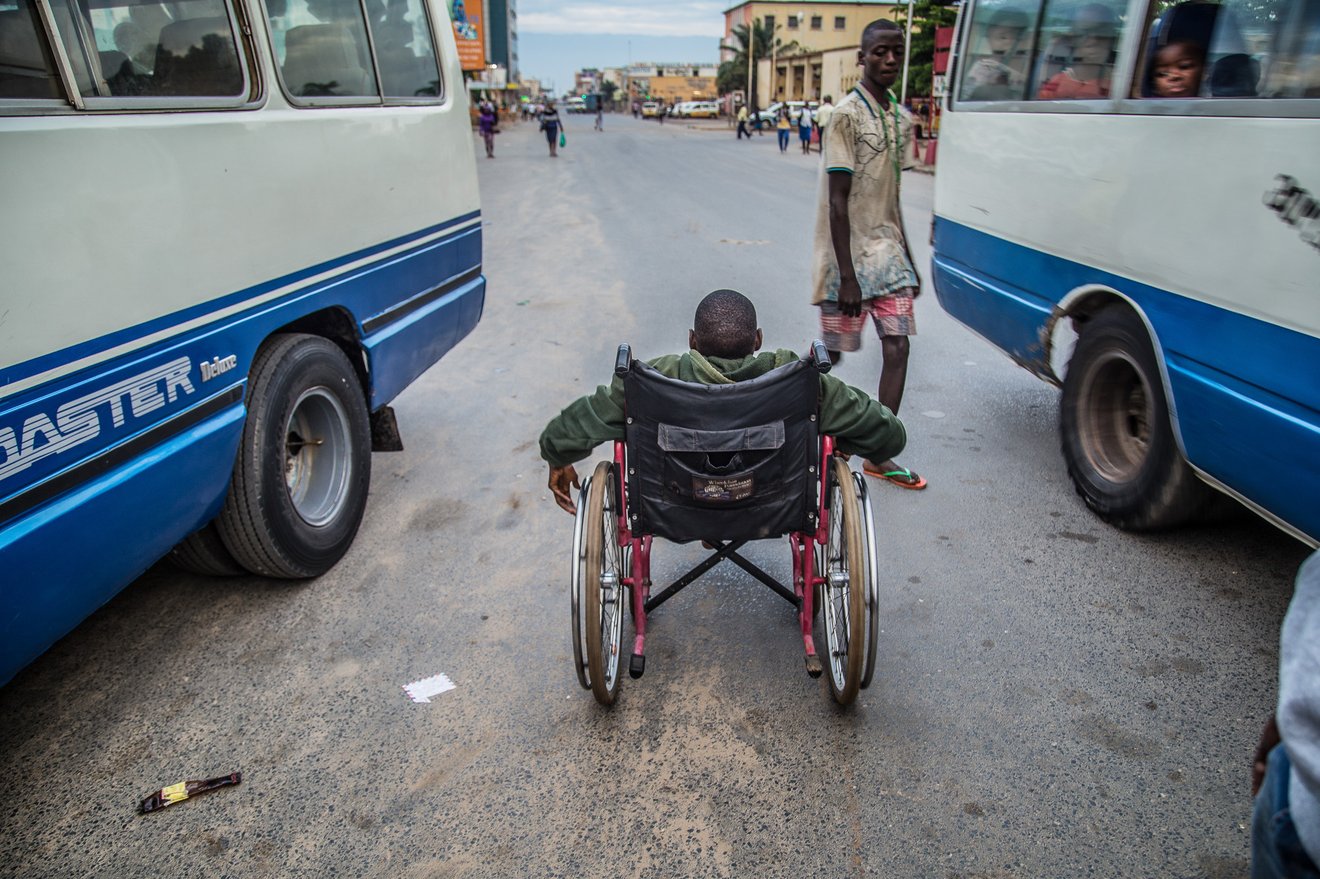
This project shows the daily life of a man who gave up begging in 2007 in order to earn a living. It’s a project that appears in the category „the daily life“, which tells a story passing during one day.
Photo: Fabrice Mbonankira, «DIO», 2019
The good thing about pictures is that what your mind can’t know, your eyes can’t see. But as I develop different shots, I discover other aspects during post-production that complement or enrich my narration.
In the end, I trust my creative instincts, emerging completely and totally in the story I’m about to tell. I guess that’s what counts. It’s important to not be afraid of not being good enough or not meeting the expectations of your audience. Stay focused and immerse yourself completely in the story. Also always remain authentic, that’s to say, stay yourself during the narration and never lose your communicative line.
People may like or dislike the way you approach the story, but what matters is not what they think but rather your sincerity and authenticity in the storytelling. If you’re sincere and genuine, it’s already a victory, because a sincere and authentic story never goes unnoticed by an attentive audience. It always carries the soul of storytellers and therefore their sincerity and authenticity.
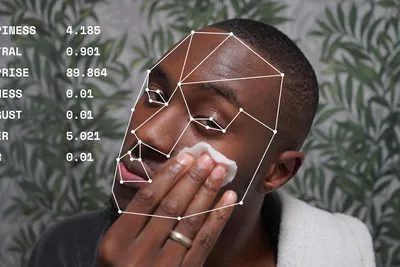
November 2025 - Prof. Dr. Peter G. Kirchschlaeger
This article explores what truly makes a picture “ethical” in the age of AI-generated imagery, arguing for human-made, consent-based visuals that respect truth, dignity and autonomy.
Learn more about Ethical Pictures in the Age of AI – An Opinion Piece

November 2025 - Arwa Elabasy
Discover how transparent communication and ethical storytelling can help NGOs and non-profits build trust, foster inclusion, and challenge traditional narratives.
Learn more about Truth in the Age of Machines: Why Ethical Communication Is Humanity’s Last Campaign
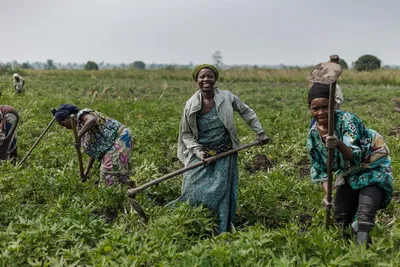
October 2025 - David Girling
Interviews with storytellers from Cambodia, Burundi and Kenya show how NGOs can turn ethical guidelines into practice—centering consent, dignity and context.
Learn more about The Practicalities of Ethical Guidelines in NGO Storytelling